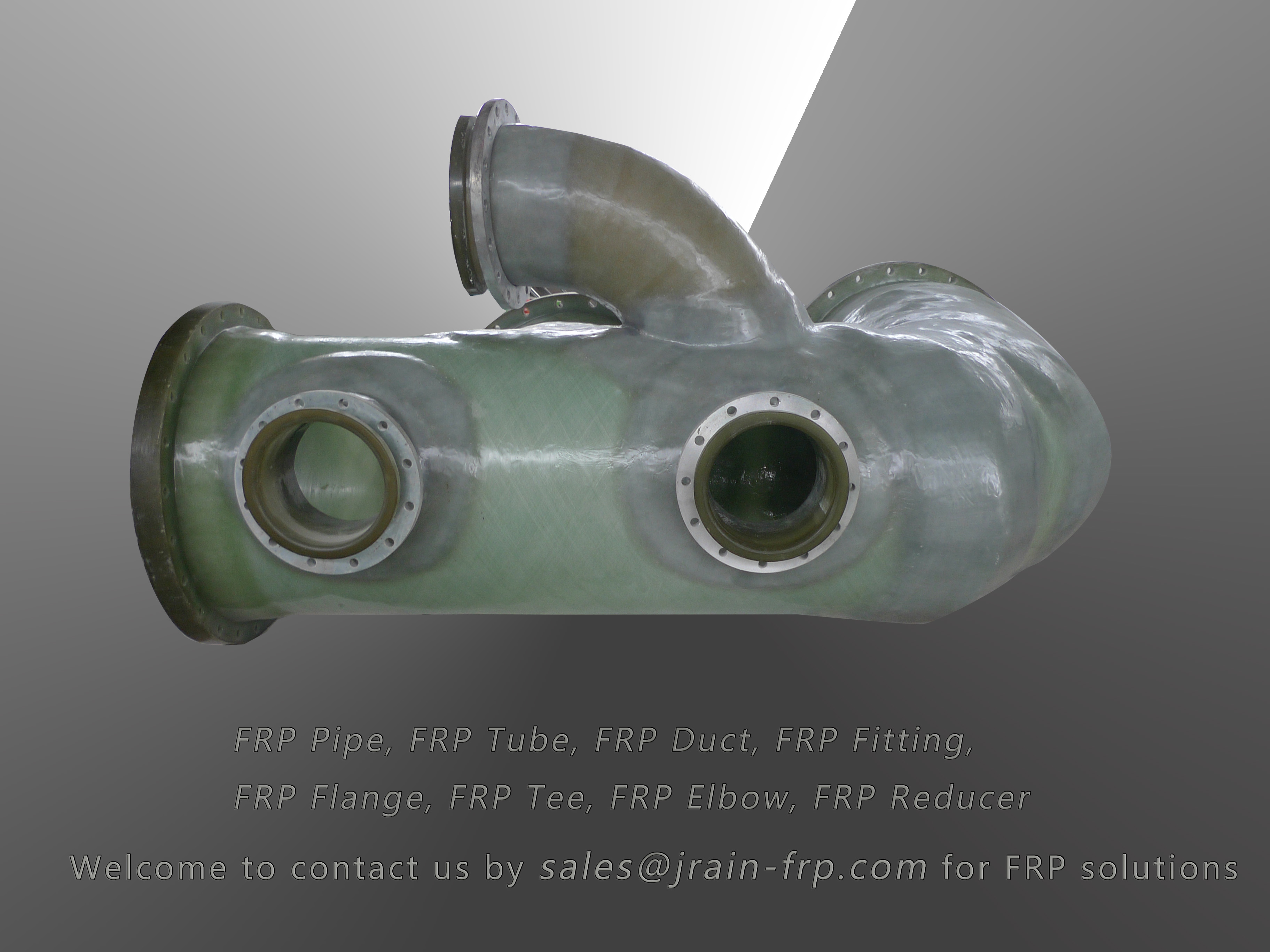
-
 Afrikaans
Afrikaans -
 Albanian
Albanian -
 Amharic
Amharic -
 Arabic
Arabic -
 Armenian
Armenian -
 Azerbaijani
Azerbaijani -
 Basque
Basque -
 Belarusian
Belarusian -
 Bengali
Bengali -
 Bosnian
Bosnian -
 Bulgarian
Bulgarian -
 Catalan
Catalan -
 Cebuano
Cebuano -
 China
China -
 China (Taiwan)
China (Taiwan) -
 Corsican
Corsican -
 Croatian
Croatian -
 Czech
Czech -
 Danish
Danish -
 Dutch
Dutch -
 English
English -
 Esperanto
Esperanto -
 Estonian
Estonian -
 Finnish
Finnish -
 French
French -
 Frisian
Frisian -
 Galician
Galician -
 Georgian
Georgian -
 German
German -
 Greek
Greek -
 Gujarati
Gujarati -
 Haitian Creole
Haitian Creole -
 hausa
hausa -
 hawaiian
hawaiian -
 Hebrew
Hebrew -
 Hindi
Hindi -
 Miao
Miao -
 Hungarian
Hungarian -
 Icelandic
Icelandic -
 igbo
igbo -
 Indonesian
Indonesian -
 irish
irish -
 Italian
Italian -
 Japanese
Japanese -
 Javanese
Javanese -
 Kannada
Kannada -
 kazakh
kazakh -
 Khmer
Khmer -
 Rwandese
Rwandese -
 Korean
Korean -
 Kurdish
Kurdish -
 Kyrgyz
Kyrgyz -
 Lao
Lao -
 Latin
Latin -
 Latvian
Latvian -
 Lithuanian
Lithuanian -
 Luxembourgish
Luxembourgish -
 Macedonian
Macedonian -
 Malgashi
Malgashi -
 Malay
Malay -
 Malayalam
Malayalam -
 Maltese
Maltese -
 Maori
Maori -
 Marathi
Marathi -
 Mongolian
Mongolian -
 Myanmar
Myanmar -
 Nepali
Nepali -
 Norwegian
Norwegian -
 Norwegian
Norwegian -
 Occitan
Occitan -
 Pashto
Pashto -
 Persian
Persian -
 Polish
Polish -
 Portuguese
Portuguese -
 Punjabi
Punjabi -
 Romanian
Romanian -
 Russian
Russian -
 Samoan
Samoan -
 Scottish Gaelic
Scottish Gaelic -
 Serbian
Serbian -
 Sesotho
Sesotho -
 Shona
Shona -
 Sindhi
Sindhi -
 Sinhala
Sinhala -
 Slovak
Slovak -
 Slovenian
Slovenian -
 Somali
Somali -
 Spanish
Spanish -
 Sundanese
Sundanese -
 Swahili
Swahili -
 Swedish
Swedish -
 Tagalog
Tagalog -
 Tajik
Tajik -
 Tamil
Tamil -
 Tatar
Tatar -
 Telugu
Telugu -
 Thai
Thai -
 Turkish
Turkish -
 Turkmen
Turkmen -
 Ukrainian
Ukrainian -
 Urdu
Urdu -
 Uighur
Uighur -
 Uzbek
Uzbek -
 Vietnamese
Vietnamese -
 Welsh
Welsh -
 Bantu
Bantu -
 Yiddish
Yiddish -
 Yoruba
Yoruba -
 Zulu
Zulu
fiberglass settler
Understanding Fiberglass Settlers Applications and Benefits
Fiberglass settlers are increasingly becoming a popular choice in various industrial applications, particularly in wastewater treatment and industrial processes. These innovative structures are designed to facilitate the separation of solids from liquids, ensuring that effluent and runoff are handled efficiently and sustainably.
The primary function of fiberglass settlers is to remove suspended solids from liquids. This is particularly essential in industries where wastewater management is critical, such as food processing, textile manufacturing, and chemical production. The use of fiberglass in their construction offers significant advantages compared to traditional materials like steel and concrete. Fiberglass is lightweight, corrosion-resistant, and robust, ensuring the longevity and durability of settlers in harsh environments where chemical exposure is common.
One of the standout features of fiberglass settlers is their customizable design
. They can be tailored to meet specific volume and flow needs, making them suitable for various applications, from small-scale operations to large municipal treatment facilities. Furthermore, their modular design allows for easier transportation and installation, reducing overall project timelines and labor costs.fiberglass settler

In terms of efficiency, fiberglass settlers excel in sedimentation processes. The smooth surface of fiberglass reduces the friction of solids, allowing for quicker settlement. As a result, the efficiency of solid-liquid separation is improved, leading to cleaner effluent and meeting regulatory discharge standards more effectively. Additionally, the design of these settlers can incorporate advanced technologies like lamella plates, which enhance settling rates and maximize the use of space in treatment facilities.
Environmental sustainability is another significant benefit of fiberglass settlers. By improving the treatment of wastewater, these systems help reduce the environmental impact of industrial operations. Cleaner effluent minimizes the risk of pollution in nearby water bodies, promoting healthier ecosystems and compliance with environmental regulations. Moreover, the durability and longevity of fiberglass reduce the need for frequent replacements, minimizing waste over time.
In conclusion, fiberglass settlers play a vital role in modern industrial processes and wastewater management. Their efficiency, customizability, and environmental benefits make them an attractive option for industries looking to optimize their operations while adhering to eco-friendly practices. As industries continue to seek sustainable solutions, the adoption of fiberglass settlers is likely to grow, further enhancing the effectiveness of liquid-solid separation processes across various sectors.









